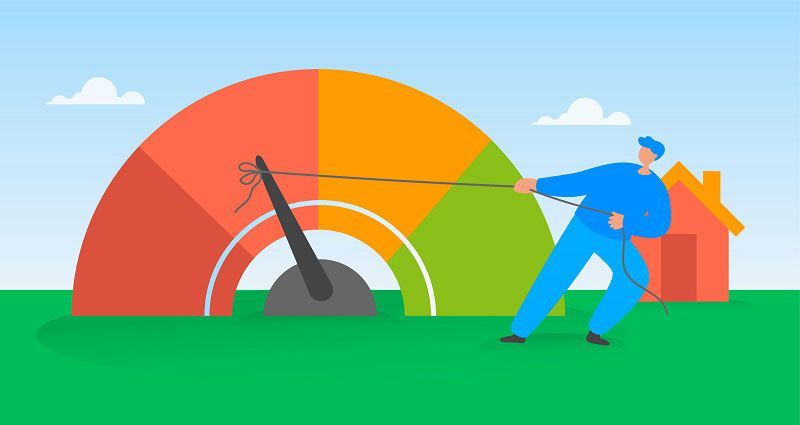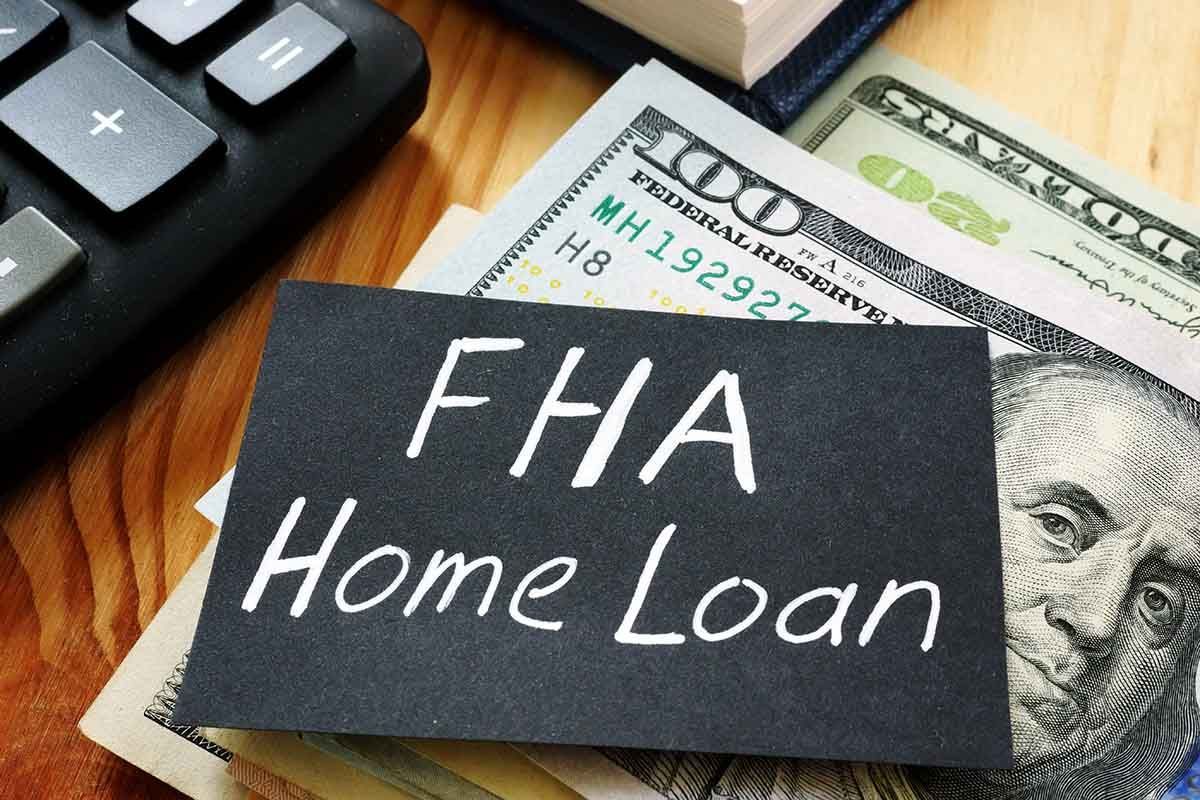We are an Equal Employment/Affirmative Action employer. We do not discriminate in hiring on the basis of sex, gender identity, sexual orientation, race, color, religious creed, national origin, physical or mental disability, protected Veteran status, or any other characteristic protected by federal, state, or local law.
How to Remove Collections from Your Credit Report: A Step-by-Step Guide
Did you know that paying off a collection won’t help your credit score unless it gets deleted? That’s right! Collections don’t automatically disappear from your credit report, even if you’ve settled the debt. If you’re planning to buy a house or improve your credit, removing collections can be a game-changer.
In this guide, I’ll walk you through six proven steps to delete collections from your credit report forever, plus a bonus hack that might speed up the process. Follow these steps carefully, and you could see your credit score improve significantly!
Why Collections Hurt Your Credit Score
A single collection—whether it’s $10 or $5,000—can drop your credit score by 100 points or more overnight. Your credit score affects more than just home loans. It impacts:
- Your ability to qualify for a mortgage
- Your interest rates on car loans and credit cards
- The deposit amount for utilities like electricity and internet
Having a collection on your report can cost you thousands of dollars in extra interest over time. That’s why it’s crucial to remove them the right way.
Step 1: Get Your Full Credit Report
Before you start, you need to know exactly which collections are reporting and to which credit bureaus.
Where to pull your credit report:
- AnnualCreditReport.com (Free once per year)
- MyFICO.com (Paid but gives accurate FICO scores, which mortgage lenders use)
Pro Tip: Make sure you get reports from all three bureaus (Experian, TransUnion, and Equifax) since not all creditors report to every bureau.
Step 2: Identify the Collections & Calculate Your Offer
Once you have your report, write down all open collections (not charge-offs). Keep track of:
- Collection company name
- Amount owed
- Contact phone number
Now, add up the total amount owed and calculate 50% of that number. This will help you negotiate later. For example:
- If your collections total $2,000, set aside $1,000 for settlements.
Having funds ready before negotiating gives you leverage to settle immediately when the time comes.
Step 3: Research the Collection Agency
Not all collection agencies have the same policies. Look up the collection company online to see if they offer Pay-for-Delete (PFD) agreements. This means they will remove the collection once you pay.
If the company is PFD-friendly, mark them as a priority!
Step 4: Call the Collection Agency & Negotiate
This is where your sweet voice comes in! Be polite, professional, and never argue. Follow these steps:
- Call the collection agency directly (no emails or texts!).
- Ask for a settlement: Start by offering 20-25% of the balance.
- Negotiate: If they counteroffer, work towards 50% or less.
- Ask for Pay-for-Delete: Say, "If I settle today, will you delete this from all three bureaus?"
- Get it in writing: Before paying, request a written agreement confirming deletion.
If they refuse Pay-for-Delete, do not pay. Keep calling back until you get an agent who will agree.
Step 5: Make Your Payment & Track It
Once you receive a written confirmation, pay the settlement amount using a traceable method like:
- Credit/debit card
- Online payment portal (if available)
- Check or money order (with proof of payment)
After paying, follow up with the collection agency to confirm when they will notify the credit bureaus.
Most agencies report once per month, so expect deletion to take 30-90 days.
Bonus Hack: Dispute the Collection to Speed Up Removal
If you need the collection removed faster, use this trick:
- Go to each credit bureau’s website (Experian, Equifax, TransUnion).
- File a dispute online or by phone, saying: "This collection is inaccurate."
- The bureau must verify the debt with the collection agency.
- If the agency fails to respond within 30 days, the collection is automatically deleted.
This works because many collection agencies don’t bother responding, especially if they’ve already received payment.
Final Thoughts: Protect Your Credit Moving Forward
- Monitor your credit regularly to catch new collections early.
- Avoid late payments, as they can lead to new collections.
- Build positive credit by keeping low credit card balances and paying on time.
Removing collections from your credit report can boost your score significantly—sometimes by over 100 points! If you’re preparing to buy a home, this could mean better loan terms and lower interest rates.
Need More Credit Tips?
Check out my video "How to Remove Collections from Your Credit Report" on YouTube for a step-by-step walkthrough.
📌Additional Resources:
For more insights on improving your credit score and navigating the home-buying process in Texas, consider exploring the following resources:
- How Credit Scores Impact Your Mortgage Rate
- FHA Loan vs Conventional Loan
- Home Mortgage Loan Houston Texas
- Loan With Jen's Guide to Mortgage Pre-Approval in Texas: This guide emphasizes the importance of a good credit score in securing favorable loan terms.
- Tips to Improve Your Credit Scores: A comprehensive video offering strategies to boost your credit score.
By following these steps and utilizing the available resources, you can effectively remove collections from your credit report, thereby enhancing your credit score and improving your financial health.
Have questions? You can book a 15 minute call with me ! Let’s get your credit score where it needs to be. 🚀











